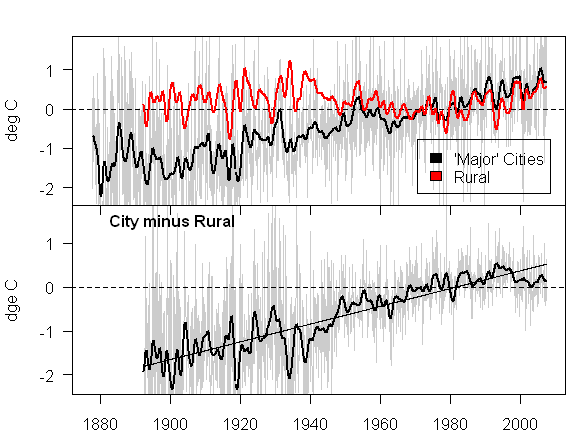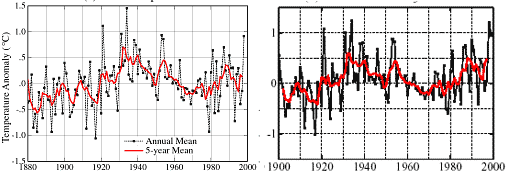The Houston Rabbit Warren
Growing up in Houston, one of the odder parts of the city, even for a local, is the underground tunnel system downtown. The system was built, I presume, because you can't even cross the street in the summer time in 100 degree / 100% humidity weather without sweating through your suit coat. The tunnel system has become quite extensive, such that you can navigate for miles without ever seeing the light of day. Casual observers often comment on the lack of pedestrian traffic in downtown Houston, but that is perhaps because they never looked under ground. Over time, underground shopping malls and restaurants and food courts appeared along the tunnels, bringing even more people under ground.
The tunnels are especially difficult to navigate, because there are no visual clues (e.g. we are heading to that building over there) and no signs. We used to joke people had been lost down there for decades.
Well, the secret is apparently out, as the NY Times has discovered the Houston tunnels.
Seared by triple-digit heat and drenched by tropical storms, midday
downtown Houston appears eerily deserted, the nation's fourth-largest
city passing for a ghost town.On the street, that is.
But
below, there are tunnels at the end of the light "” nearly seven
color-coded miles of them connecting 77 buildings "” aswarm with
Houstonians lunching, shopping and power-walking in dry, air-chilled
comfort...."Nothing says north, south, east or west. You have to memorize the
buildings," said David Gerst, a lawyer who opened a lucrative sandwich
shop "” BeWitched "” off the East McKinney (green) tunnel network under
Commerce Towers, the former Chamber of Commerce building converted to
condominiums. For access to the 3,000 people who stream by his shop
each lunchtime in what tunnel merchants call the holy hours, Mr. Gerst
pays $2,500 a month rent for 800 square feet, more than what surface
lunch space may command.
This is the best part:
It was not centrally planned; it just grew, inspired by Rockefeller
Center in New York. But it is not connected to a transit network. And,
befitting Texans' distrust of government, most of it is private; each
segment is controlled by the individual building owner who deigns to
allow the public access during business hours "” and then locks the
doors on nights and weekends. Some parts, like those belonging to the
former Enron buildings now leased by Chevron, are closed to outsiders
altogether.




